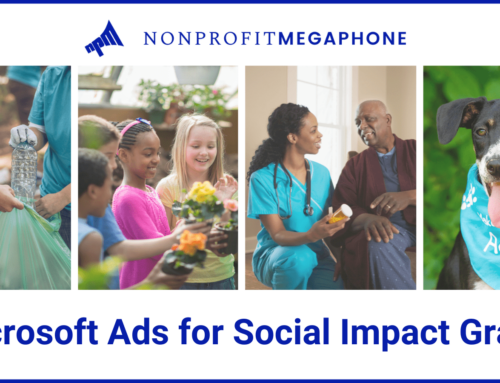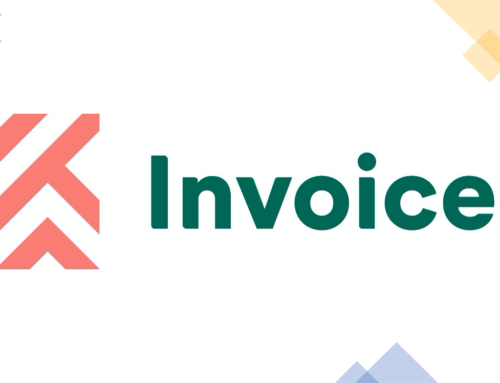On December 20, 2020, both chambers of Congress announced that they had agreed on a new stimulus bill, which the President is expected to sign into law. Here are the key issues the bill addresses for nonprofit organizations, their employees, and donors:
PPP Reforms
- Forgiveness: Expands forgivable expenses to include the costs of PPE, workplace modifications, short-form approval of loans of $150,000 or less.
- Second Draw Loans: Charitable nonprofits may qualify for an additional PPP loan (Second Draw) of up to $2 million if they a) employ 300 or fewer employees, and b) experience a decline in gross receipts of 25% in one of the four quarters in 2020 compared to the same quarter in 2019.
NOTE: Nonprofit “gross receipt” defined using the tax-law definition and not the arbitrary definition seen in earlier drafts. - PPP2 also makes the forgivable loans available to Sec. 501(c)(6) business leagues, such as chambers of commerce, visitors’ bureaus, etc., and “destination marketing organizations” (as defined in the Act), provided they have 300 or fewer employees and do not receive more than 15% of receipts from lobbying. The lobbying activities must comprise no more than 15% of the organization’s total activities and have cost no more than $1 million during the most recent tax year that ended before Feb. 15, 2020.
- Employee Retention Tax Credit: Extends for six months (to 7/1/2021) and expands usefulness, particularly to nonprofits excluded from Paycheck Protection Program (PPP) participation, by reducing the required decline in gross receipts from 50% to 20%, increasing the refundable payroll tax credit from 50% to 70%, and covering up to two quarters for a total benefit of $14,000 per covered employee. It also provides that employers who receive PPP loans may still qualify for the ERTC concerning wages that are not paid for with forgiven PPP proceeds.
- Paid Sick Leave Tax Credit: Extends through 3/31/2021 the refundable payroll tax credits for paid sick and family leave that were established in the Families First Coronavirus Response Act. The bill also extends through 2025 the 12.5% to 25% income tax credit for paid family and medical leave initially enacted in the 2017 tax law.
PPP loan terms
As with PPP1, the costs eligible for loan forgiveness in PPP2 include payroll, rent, covered mortgage interest, and utilities. PPP2 also makes the following potentially forgivable:
- Covered worker protection and facility modification expenditures, including personal protective equipment, to comply with COVID-19 federal health and safety guidelines.
- Expenditures to suppliers that are essential at the time of purchase to the recipient’s current operations.
- An organization’s operating costs are covered, such as software and cloud computing services and accounting needs.
- To be eligible for full loan forgiveness, PPP borrowers will have to spend no less than 60% of the funds on payroll over a covered period of either eight or 24 weeks—the same parameters PPP1 had when it stopped accepting applications in August.
- PPP borrowers may receive a loan amount of up to 2.5 times their average monthly payroll costs in the year before the loan or the calendar year, the same as with PPP1. The maximum loan amount has been cut from $10 million in the first round to the previously mentioned $2 million maximum. PPP borrowers with NAICS codes starting with 72 (hotels and restaurants) can get up to 3.5 times their average monthly payroll costs, again subject to a $2 million maximum.
The new COVID-19 relief bill also:
- Creates a simplified forgiveness application process for loans of $150,000 or less
Specifically, a borrower can receive forgiveness if a borrower signs and submits to the lender a certification that:
- Is not more than one page in length
- Includes a description of the number of employees the borrower was able to retain because of the loan
- Includes the estimated total amount of the loan spent on payroll costs
- Includes the total loan amount
The SBA must create the simplified application form within 24 days of the bill’s enactment and may not require additional materials unless necessary to substantiate revenue loss requirements or satisfy relevant statutory or regulatory requirements. Borrowers are required to retain relevant records related to employment for four years and other records for three years, as the SBA may review and audit these loans to check for fraud.
- Repeals the requirement that PPP borrowers deduct the amount of any EIDL advance from their PPP forgiveness amount.
- Includes set-asides to support first- and second-time PPP borrowers with 10 or fewer employees, first-time PPP borrowers that have recently been made eligible, and for loans made by community lenders.
Economic Injury Disaster Loan Grants
Provides $20 billion for additional $10,000 grants; repeals deduction of EIDL grants from the amount of loan forgiveness.
Save Our Stages
Provides $15 billion dedicated to aiding performance venues, independent movie theaters, and cultural institutions.
Employees
- Direct Payments of $600 for individuals making less than $75,000 & $1,200 for married couples making less than $150,000, plus $600 per dependent.
- Coronavirus Relief Fund: Extended to 12/31/2021
- Relief for Reimbursing Employers: Extends until 3/14/2021 the 50% federal coverage of the costs of self-insured “reimbursable” employers.
Donors
- Charitable Giving Incentives: Reestablishes the $300 above-the-line deduction for 2021 and applies a $600 deduction for couples filing jointly in 2021; imposes a penalty for overstating contributions. The bill also extends the increased limits on deductible charitable contributions for individuals who itemize and for corporations for one year.
Please note that this article is provided for informational purposes only. We are not lawyers and do not pretend to be. This article represents our understanding of the situation at the time it was written. Please consult your legal and accounting experts, as well as government websites, and rely on them as the final authority.


